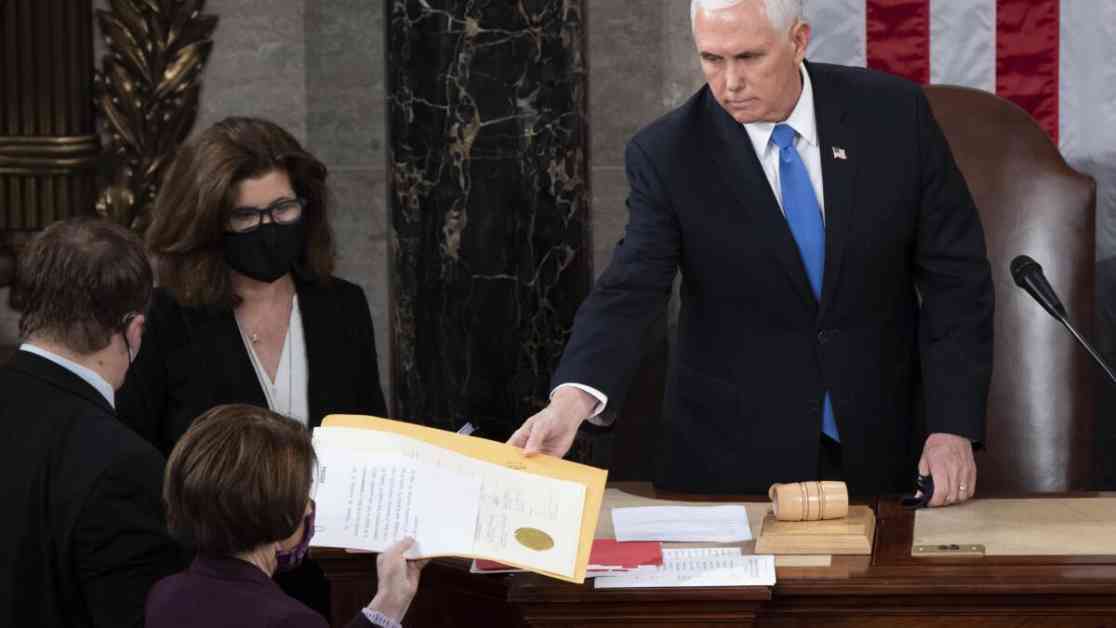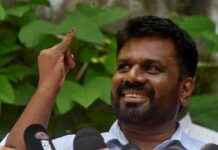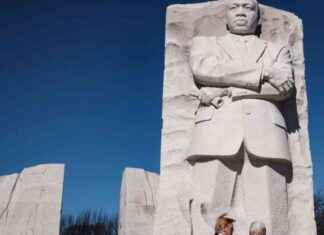After all the ballots for this year’s presidential contest are cast, the count will begin to be reported. In the United States, there are two counts that matter – the popular vote and the results in the electoral college. Let’s break down how they work.
The popular vote is your vote, the votes of the people. It is equal to the number of ballots cast. On the other hand, the electoral college is made up of 538 electors – one for every representative and senator in Congress, plus three for the District of Columbia. To become president, a candidate needs to reach a majority of 270 electors.
The electoral college is based on a state’s representation in Congress, which is determined by the state’s population. For example, California, being the most populated state in the country, has 54 electors. In most states, the candidate who wins the popular vote in a state is awarded all of the state’s electors in a “winner-take-all” system. However, Maine and Nebraska have a proportional representation electoral college.
To become president, a candidate must win 270 electoral votes. It is possible for a candidate to win the electoral college without winning the popular vote, which has happened four times in U.S. history. If the electoral vote is a tie, the election is decided by the House of Representatives.
Swing states play a crucial role in elections because their voter registration numbers are much closer between Republicans and Democrats, making the popular vote come down to a slim margin. These swing states include Arizona, Nevada, Georgia, North Carolina, Pennsylvania, Wisconsin, and Michigan.
The electors meet in their respective states on December 17 to cast their ballots for president and vice president. The votes are then sent to Congress, and on January 6, a joint session of Congress is held to certify the electoral votes. The president-elect is inaugurated on January 20.
The electoral college process was created as a compromise between those who wanted Congress to pick the president and those who wanted the decision to be left to the people. Some groups advocate for doing away with the electoral college process, citing that the majority of U.S. adults want the presidency to be decided by the popular vote.
In a democracy, every vote should count equally. The conversation around the electoral college continues to evolve, with calls for reform and changes to ensure that the process truly reflects the will of the people.



























